Listen, I get it ok? Cilantro is not for everyone. It took me YEARS of forcing myself to continue eating it before I got to the point where I could convince my body I wasn't eating poison mixed with soap. Cilantro is the true love/hate food, so this blog is for everyone that needs substitutes for cilantro on any given day of the week.
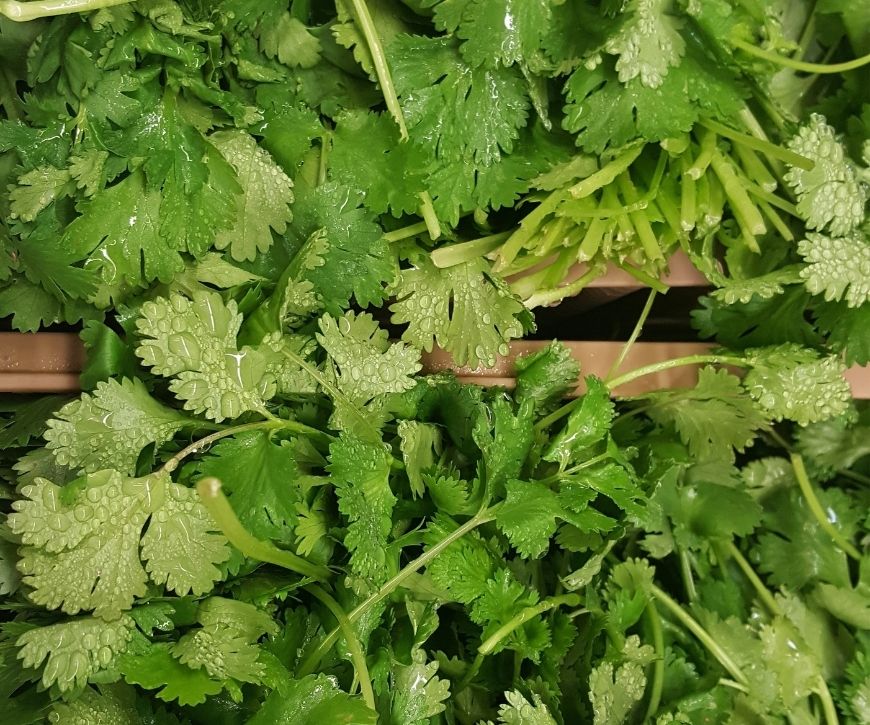
Jump to:
Why do So Many People Hate Cilantro?
This is actually super interesting. For many people cilantro has great flavors, kind of similar to mint and citrus - bright, fresh and sunny. For people who find it totally disgusting, and specifically, would describe the flavour as "soap" or "dead bugs" (seriously, true story), it comes down to genetics. Cilantro leaves contain something called aldehydes in their leaves. Aldehydes are organic materials that typically have a strong smell to them - a soapy smell. Those who dislike cilantro are thought to be particularly sensitive to aldehydes, and therefore the smell, and taste of cilantro hits them like a ton of bricks (of soap).
There's also good news if you're a cilantro hater in a world full of cilantro lovers. You can teach yourself to like it (I'm living proof of this). Over time, if you experience cilantro in a positive setting and link it with positive experiences, you can actually train your brain to think of it as delicious. So don't give up! That being said, if the thought of training yourself to like cilantro makes you want to jump off a cliff, then we're here for you.
What about Coriander?
In some parts of the world, coriander and cilantro are the exact same thing. More typically in North America, the fresh leafy version of cilantro is called just that. The dried, ground spice version of cilantro is called coriander. We'll go over some substitutions for that as well.
What is Culantro?
Culantro is an herb that comes from the same family as carrots and celery. It tastes similar to cilantro, but many people say it's actually much stronger than cilantro. That means that most of the substitutes for cilantro on this list will also work as substitutes for culantro.
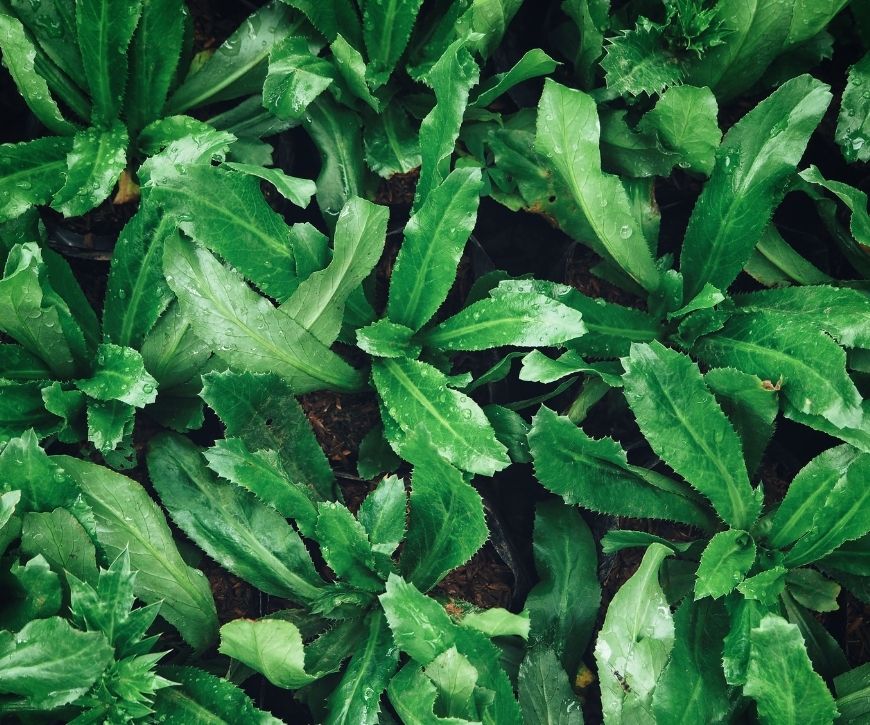
The Best Substitutes for Cilantro
It probably won't surprise you to learn that most of these substitutes for cilantro are fresh herbs. Cilantros distinct fresh flavor is something that herbs have in spades. There's a few other suggestions that you might be surprised to see on the list though.
Parsley
This is the most obvious choice. Parsley and cilantro play the same role in many dishes. Added during the cooking process and as a garnish, it brightens and lightens any dish they're added too. While parsley tastes slightly more peppery than cilantro (mint and citrus, remember) it still gets the main job done: bringing the fresh.
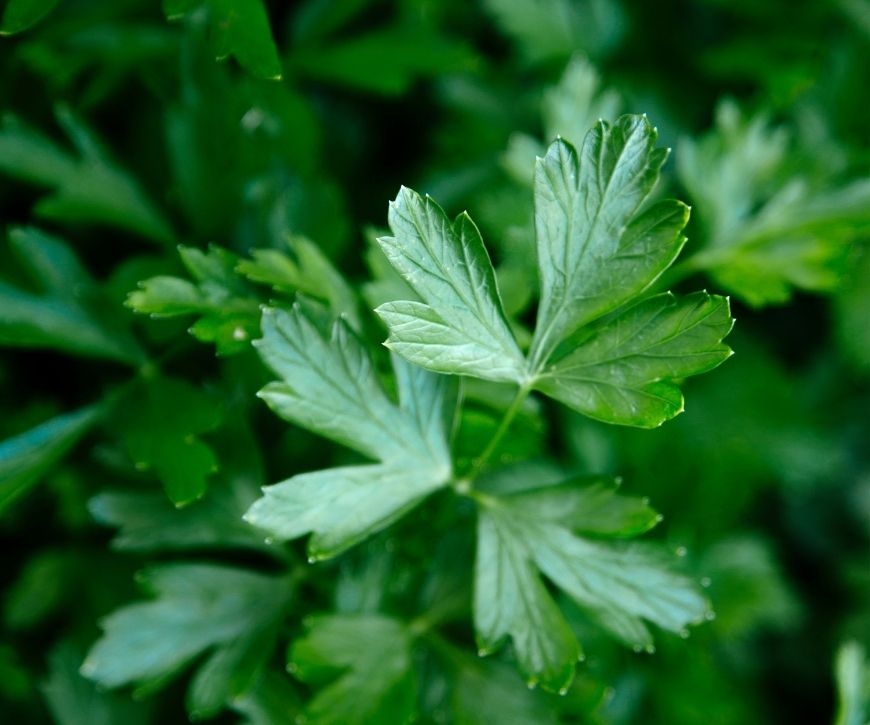
Dill
Dill is 100% the most underrated herb in my opinion. It packs a huge flavor punch, just like cilantro, so in that way, it may be similarly off putting for some people. Dill and cilantro definitely taste different, but it's lemony flavor really shines in any dish you add it too. And, it brings a super distinct flavor (just like cilantro does).
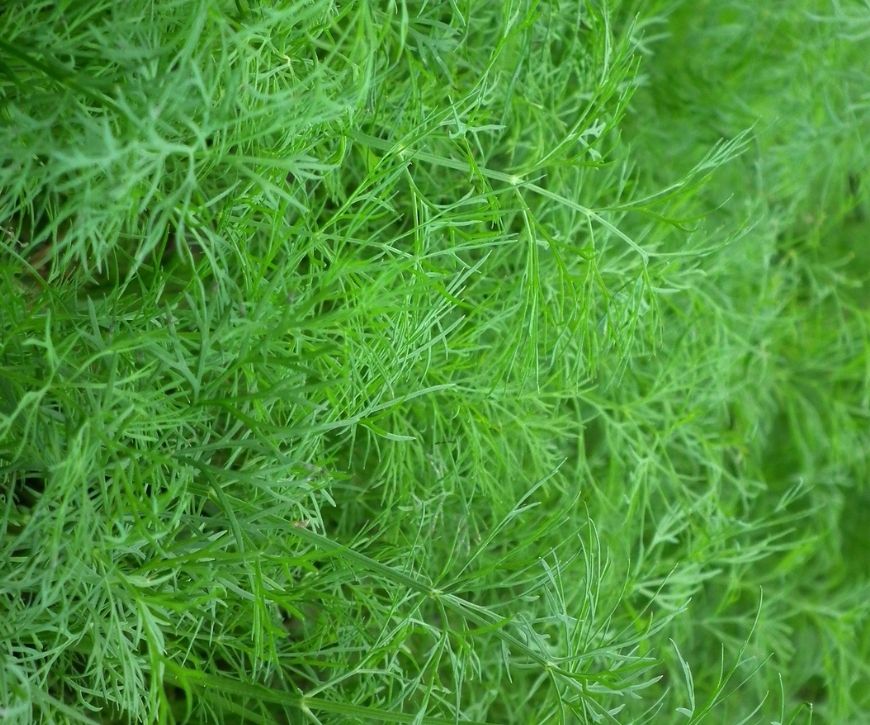
Mint
With the notes of mint that cilantro brings, this is a pretty easy one to substitute for cilantro. Just be careful though, you don't want to use a 1:1 ratio here. Use about half the mint to cilantro you would use.
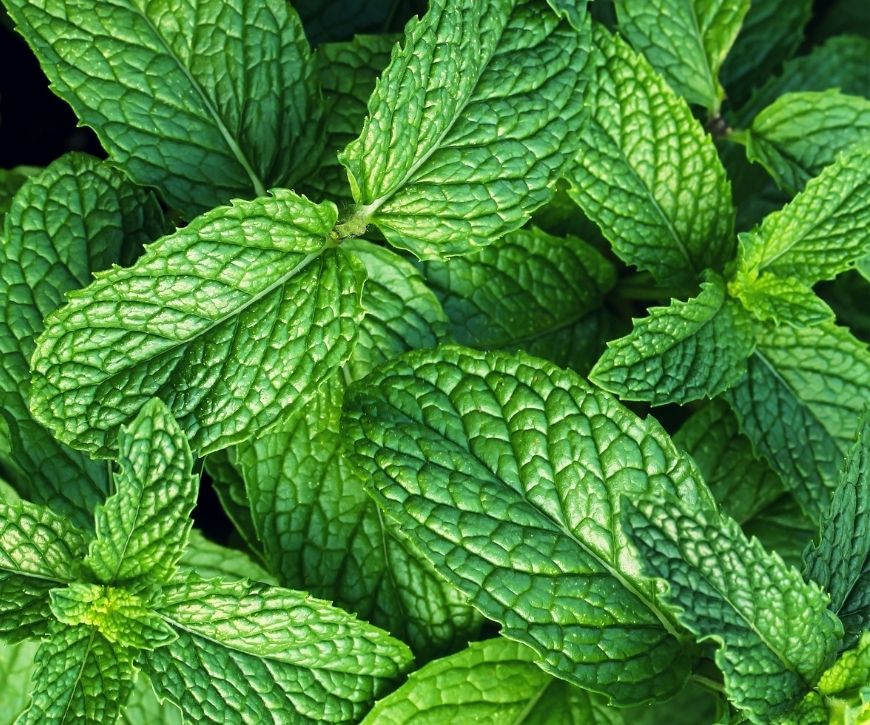
Basil
Basil is another great cilantro substitute because of it's fresh and sweet flavor. There's also different varieties of basil that makes it more versatile for what you're looking for. The standard version goes great in Italian dishes. Other varieties, like Thai basil (it has a slightly anise flavor) are ideal in Asian dishes. Either way, it's an easy 1:1 swap with fresh cilantro in any dish.
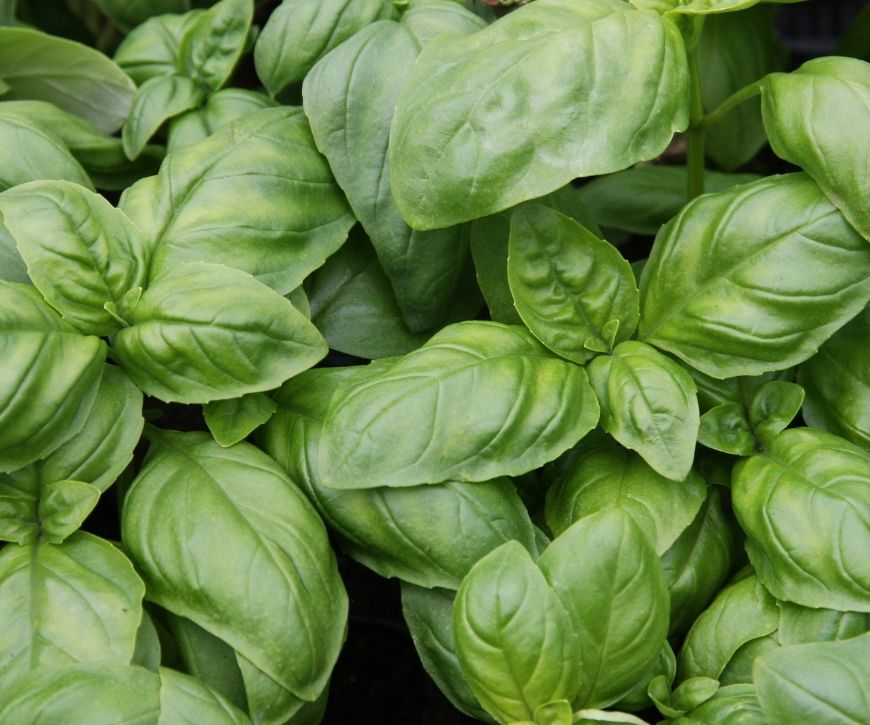
Lemon Juice and Lemon Zest
This plays on the fresh citrus notes of cilantro. Using lemon juice will definitely brighten your dish, and a little bit of zest as a garnish creates great depth of flavor.

Lime Juice & Zest
No big surprise here. Lime and cilantro go together like peanut butter and jelly. Similarly to the lemon zest, lime brings bright citrus to the game. This is definitely a great substitute for Mexican cooking.
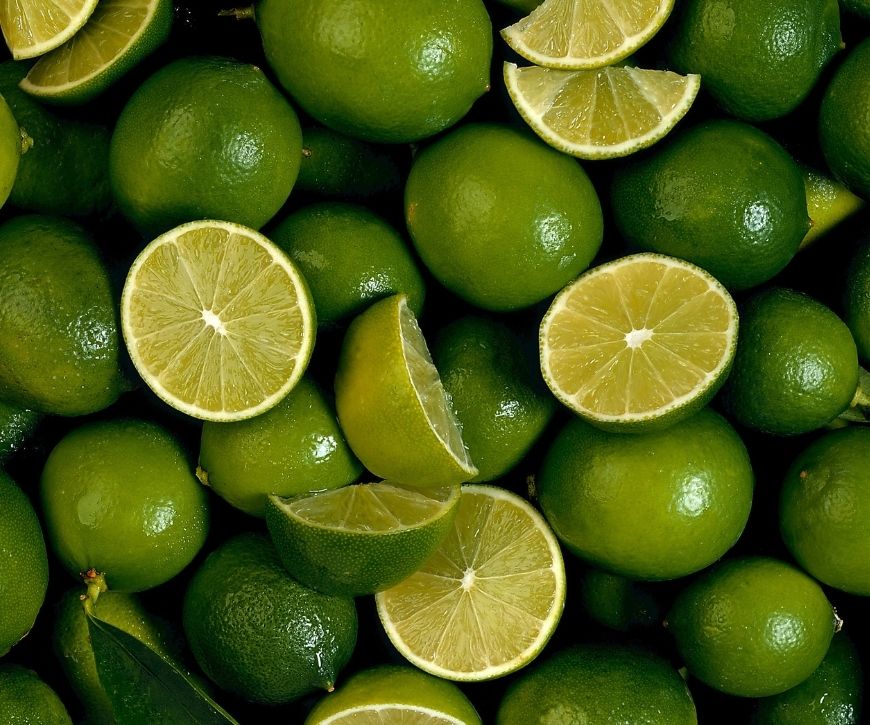
Dried Coriander
So this is interesting. If you don't like cilantro, why would you replace it with the dried version of, well, cilantro? It's because while the dried versions of most herbs and spices intensify the flavor, coriander does the opposite. So it's actually a great option for a little bit of cilantro flavor, but not the full punch-you-in-the-face version the fresh stuff brings.
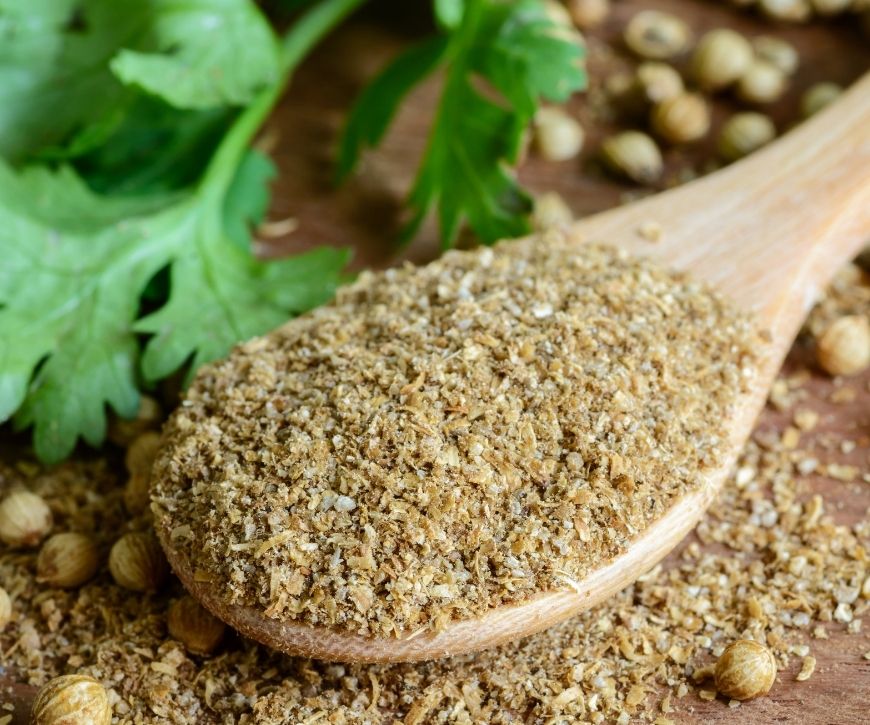
The Best Substitutes for Coriander
As we talked about coriander is the dried version of cilantro (although in some places, coriander and cilantro are used interchangeably. Coriander is actually much less pungent than the fresh version of cilantro, so here are some spice substitutes to try out.
Cumin
This is incredibly common in Asian, Middle Eastern and Latin American dishes. Often, where you see coriander, you'll see cumin. It's gorgeous nutty flavors make it ideal for seasoning many many types of dishes.
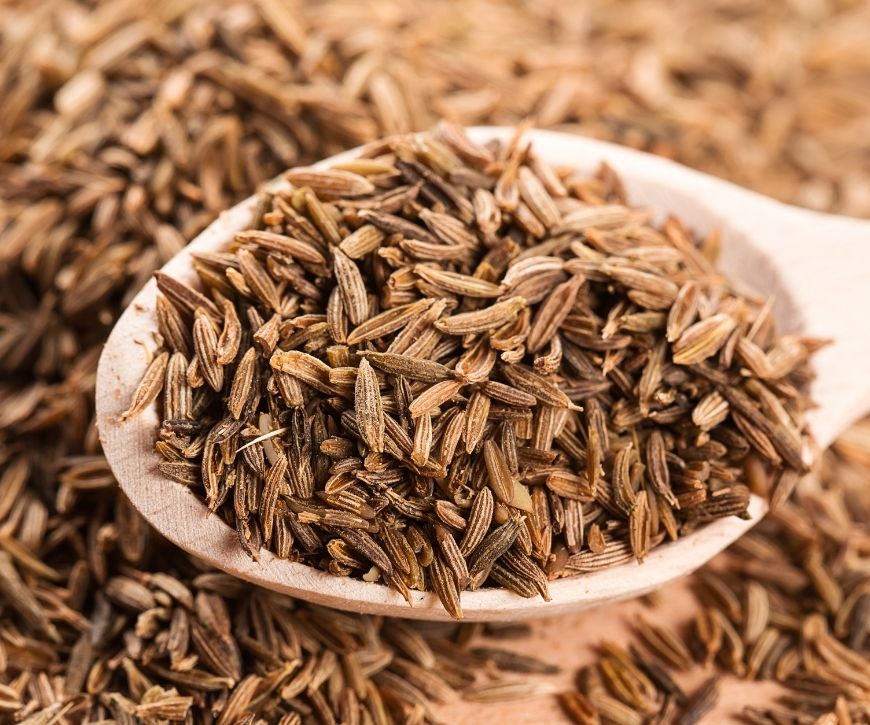
Caraway
This is really the golden ticket when it comes to substitutes for coriander. The flavors are almost the same, with caraway coming away a little bit sweeter. But you could totally exchange this in a 1:1 ratio for any recipe that calls for coriander. You can also try it as a substitute for fresh cilantro!
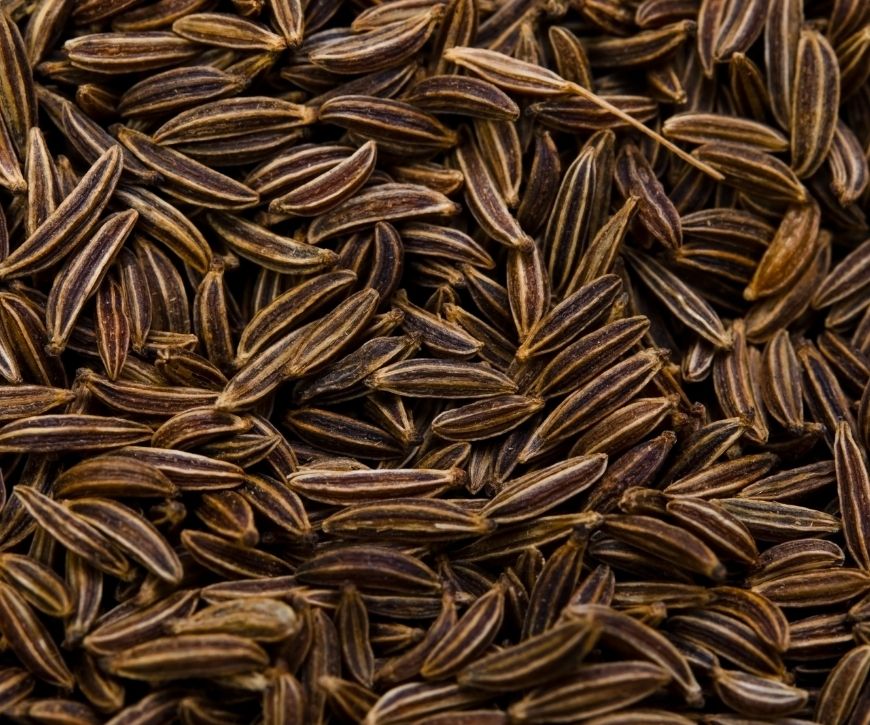
At the End of the Day
If you're a person who just cannot stand cilantro, the easiest thing to do would be to simply leave it out of whatever you're cooking. The goal of cilantro though, is always to brighten the dish you're eating. So if these substitutes for cilantro don't work for you anything you think will be fresh and tasty in the dish should.
And remember - you can train yourself to like cilantro! While it may not seem worth it, it definitely helped me every time I walked into a restaurant (especially Latin American or Asian restaurants) to not automatically shoot down everything on the menu.
And, if you're looking to try something cilantro forward, challenge yourself with this Chicken Cilantro Soup with Lime!
Hi, I'm Cara! I'm a food writer, journalist, and recipe developer. I'm obsessed good food, good wine, good cocktails and entertaining. I've picked up a few tips over the years, and love sharing them with others.



Leave a Reply